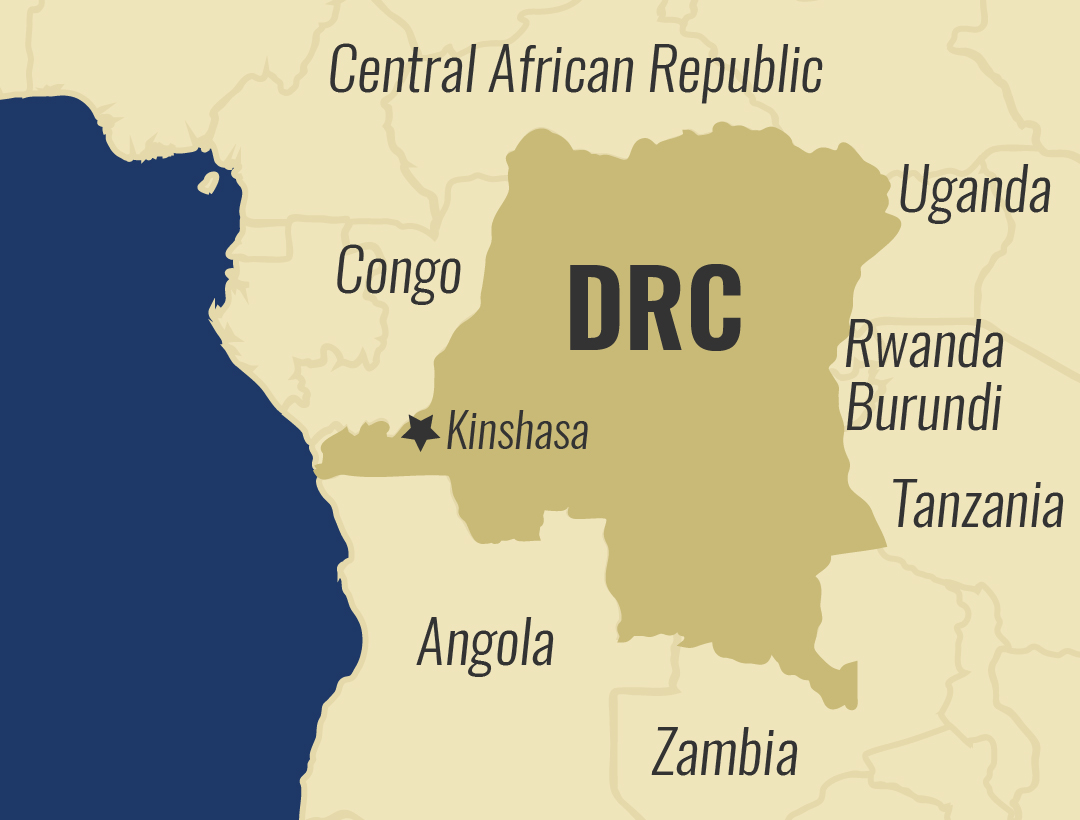Faces of Africa – Horse Racing For Unity, Part One
Tucked on the eastern most tip of the African continent, Mauritius is an Island nation known for its pristine white sandy beaches that overlook the Indian Ocean. But unknown to many, this country plays host to a sporting event that has been an open secret for over 200 years – horse racing.
Horse racing in Mauritius was started in 1812 by Sir Robert Farquhar of Britain as a way to encourage socialization. After the British had defeated the French in battle for the Island, Sir Farquhar was looking for a way in which to unite the two communities as one nation. An avid lover of horses, he decided to introduce horse racing to ease the tension through friendly sporting.

Over the years, horse racing has grown to become a very addictive sport in Mauritius. The Mauritian horse racing season starts in March of each year and ends in December.
Before the horses are ready to race, there is a whole lot that goes on behind the scenes. Horse training is not easy and can take up to three months of intensive coaching for a horse to be ready to race.

Each horse is assigned to a groom whose main job is to ensure its overall well being on behalf of the trainer. The groom feeds the racing horse up to 15 kilograms of carbohydrates, vitamins, supplements and hay each day to build up on its stamina and nutrition. He also takes it for a walk to warm up before the trainer arrives.
Amar’s most experienced groom Rungiol Sigh remarks,“If you want to be a good groom, you must first love horse. Become their friend .I love them as my kids. I give them same care, same love, same affection”.

Working before the break of dawn, 43-year-old horse trainer Amar Sewdyal is overseeing the training of his horses for an upcoming race. Despite being an inexperienced trainer at this level, he is trying to emulate his rookie form of last year, where he stirred a storm inside the Mauritian horse racing circles, by winning several important races.
“I have to wake up every day at 3:00 O’clock, to get ready the horse, prepare the track, Amar Sewdyal says, “every gallop we do on Tuesday and Friday and racing day is Thursday”.

Equally preparing for the task is Ramapatee Gujadhur, a 73-year-old veteran trainer. Although passionate for horses, his desire for winning is so strong, he never misses a day of practice.
Slated only a few days away, both Amar and Ramapatee would like to win the Classic horse race known as the Barbé Cup. But to achieve this fete, they have to line up against 14 other Mauritian trainers who have the same aspirations of winning this prestigious cup. Between Amar and “Soun”, as Ramapatee is fondly known, one will sing a victory song while the other bows to a throng due to defeat after race day.
Ramapatee comments, “For us, racing is a sport. We have not been to an academy or to any professional institution to learn how to train. We learn it on the spot, by learning it from our elders.”

Ramapatee’s chief jockey is 29-year-old New Zealand national, Daniel Stackhouse, while Amar’s chief jockey is 39 year old Swapneel Rama. These two gentlemen have the onerous task to bring victory to their respective employers in a few days’ time.
Dressed for the day, Amar is ready and waiting for the races to start. Meanwhile, Ramapatee and his family have already settled into their watching booth. This is one event that brings his whole family together.
Finally, it is the morning of the race. Just like in any sporting competition, fans of all walks of life trickle into the racecourse early in anticipation for the day ahead. Interestingly, there is no entry fee for the spectators.
With 9 races lined up today, both Amar and Ramapatee are optimistic to win at least one race.
The first race trophy of the day is The Day to Remember cup, run across 1400 metres. Amar has not fielded any runner and will be sitting this race out as he awaits the second race.

For this race, Ramapatee has fielded a horse called The Third Man, jockeyed by Sunil Bussunt.
Athletes in their own right, the horses are paraded through a quadrangle for all to see before being ushered into the starting docks.
The Third Man is drawn on dock 2. And the race is on. Off to a good start, Bussunt is keeping pace in the middle of the pack. Towards the last bend, he tries to break out but there is no way through for him.
Ramapatee discloses, “Horse racing is a very expensive sport. If you don’t have the means, I wouldn’t advise anybody to be involved in the game. If you gamble in this game, you don’t last long”.
In the end, Bussunt only manages to bring The Third Man home at position four, yet another dismal performance in Ramapatee’s standards.





